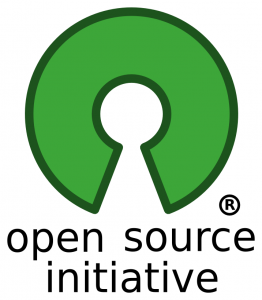One of my personal blogging goals this year is to take a tour of apps, code, libraries, and other third-party tools in the Hyperion ecosystem. I have some cool stuff on deck to be reviewed, starting with today.
Today I’d like to take a look at Harry Gates‘ cubeSavvy. cubeSavvy ostensibly purports to be “Planning without Planning”. Or, put another way, it’s a web-based interface for Essbase cubes, without all of the additional infrastructure and setup that Planning entails. This is an interesting approach. Let’s think about it for a moment.
As many of you know, by design, Hyperion Planning sits on top of Essbase and is synchronized down to Essbase. This design has some drawbacks and some advantages that are possibly worth musing on in a future post. Planning also brings a lot of extra functionality to the table that manifests itself in the user interface and/or is pushed down in some way to the underlying cube. cubeSavvy comes to the table and more or less says, “Hey, let’s do away with all of that and get a little more purist about this: let’s have grids (similar in concept to forms in Planning) defined that work with our vanilla Essbase functionality – and let’s just manage the cube instead of pushing and synchronizing things down to Essbase.”
So in theory, if you have an Essbase server up and running and then stick a cubeSavvy server in front of it, define some grids and provision some users, you’ve got a web-based budgeting and planning system on top of your cubes. Interesting.
In a first for me and this blog, this article will be split up in to several pages, covering Installation & Setup, Configuring Grids, User Experience, and Closing Thoughts. Please enjoy this whirlwind tour of cubeSavvy!
